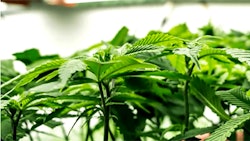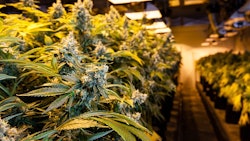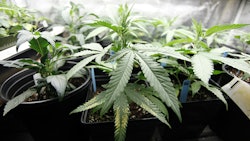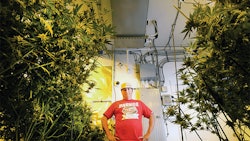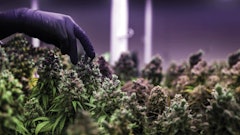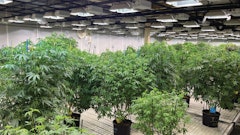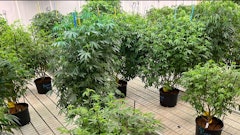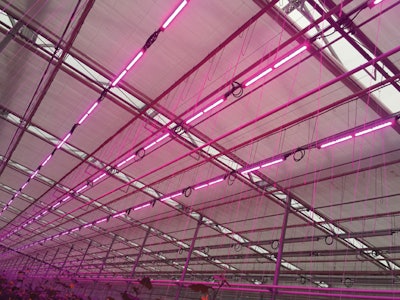
This article originally appeared in the June 2018 print issue of Cannabis Business Times. To subscribe, click here.
Growing plants in controlled environments is a scientifically based approach. It is creating a formula and following a protocol to produce exactly what we are aiming for in terms of plant quality and quantity. Combined with the understanding of the plant physiology, the effects of various environmental conditions and their interactions are extremely important to understand in order to succeed as a grower.
Here are 13 climate control tips and lessons learned from my experience working with thousands of different types of plants in fully automated and semi-automated growing environments in a wide range of geographic and climatic conditions throughout the United States.
Greenhouse & Indoor
1. Automation Is Key. Automated control systems can provide efficient technology, increased yields, plant uniformity, reduction in plant losses and simplified disease management by establishing optimal day and night temperatures, humidity levels and more. It is also possible to produce plants with specific biochemical composition, defined root-to-shoot ratio, plant height and vigor, and desired yield in controlled climatic conditions. More effectively, specific environmental conditions (in combination with lighting and chemical manipulation, such as nutrients, irrigation, bio-stimulants, etc.) will benefit plant health and yield.
Greenhouse & Indoor
2. Ensure Air Circulation. Proper air circulation, while controlling temperature and humidity, is essential. Roof ventilation (in a greenhouse setting) is an effective way to reduce internal temperature during sunny days either in winter or summer months, depending on the temperature set points. It is also an effective way to remove warm, moist air and replace it with drier air in the greenhouses. During certain growing periods, it can be challenging to prevent fungal disease in greenhouses, especially in areas with high humidity and moderate temperature—because certain fungal strains multiply rapidly in such environments.
However, when the ambient outside humidity levels are high (70%-80%), it is difficult to reduce humidity inside the greenhouses by using ventilation alone. In this situation, installing dehumidification units and/or air conditioners can be most beneficial. In some state-of-the-art greenhouses, a floor-fan system installation in the growing environment for cooling effects and dehumidification has proven effective.
To read the full article in the June 2018 issue of Cannabis Business Times, click here.
Top photo courtesy of Sheila Bhattacharya









